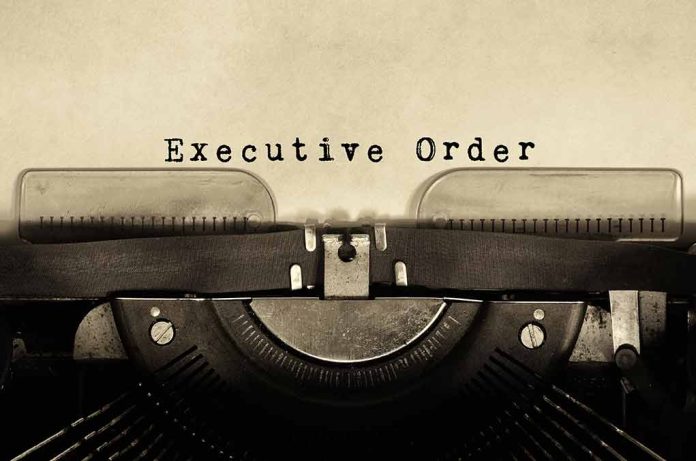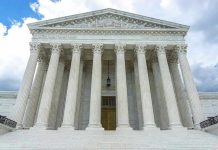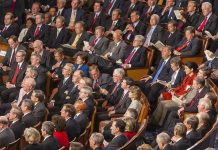
President Donald Trump’s recent executive order to repeal old showerhead water flow regulations has sparked debate and potential legal challenges.
Key Takeaways
- President Trump signed an executive order targeting water pressure regulations from the Obama and Biden administrations.
- The order aims to undo regulations on showerhead water flow standards, which were previously set to reduce water usage.
- The executive order reinstates the original 2.5-gallons-per-minute water flow standard for showerheads from 1992.
- The White House criticized the regulations as part of a “radical green agenda” that impeded American freedoms.
- This policy change includes a broader scope affecting sinks and dishwashers, arguing against undue federal interference in consumer choices.
The Controversial Executive Order
President Trump has signed an executive order aimed at repealing water flow restrictions that were implemented under the Obama and Biden administrations. The order primarily targets showerhead water flow standards, which had been adjusted to conserve water and increase energy efficiency. Trump’s administration argues that these measures stifled personal freedom and economic growth. The executive order specifically redefines what constitutes a “showerhead” and reinstates the 1992 water flow standards.
The White House has described these previous regulations as an embodiment of a “radical green agenda” that undermines American freedom and autonomy in choosing personal appliances. The regulations that Trump seeks to roll back also apply to other household appliances such as sinks and dishwashers. According to the order, these measures divert from non-essential federal oversight, proposing that no market failure justified such regulatory intrusion.
Legal and Environmental Concerns
The move has provoked significant controversy and is likely to lead to legal challenges. Energy efficiency advocates criticize the repeal as a superficial measure that disregards the long-term economic and environmental benefits of the previous standards. Critics argue that existing showerheads deliver sufficient water pressure, questioning the necessity of this change. Meanwhile, environmentalists and the Biden administration stress the importance of reduced water usage and energy conservation as vital to sustainability goals.
This order also adjusts standards to permit multiple nozzles, a change that many see as undermining existing laws that have guided energy standards since 1992. The administration views this move as reducing regulatory red tape and countering what it perceives as excessive governmental authority, but it remains to be seen how this issue will unfold in courts.
Public Response and Future Implications
The White House contends there is no market-driven rationale for the prior regulations, supporting Trump’s stance that these guidelines were overreaching. However, opposition highlights potential negative impacts on environmental sustainability and increased household energy costs over time. Despite its divisive nature, this order aligns with a wider strategy under Trump’s administration to curtail what it considers burdensome regulatory measures.
Looking forward, this move sets a precedent for further deregulatory actions, with implications extending beyond water flow standards. How this executive order will withstand judicial scrutiny and influence future policy-making remains an ongoing question. As the debate continues, both sides hold firm, indicating the enduring complexity surrounding federal regulation and personal autonomy.
Sources
1. Trump orders his administration to repeal Biden showerhead flow restrictions









